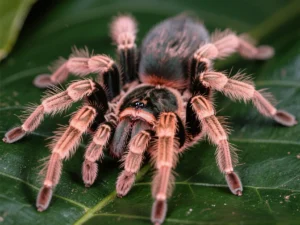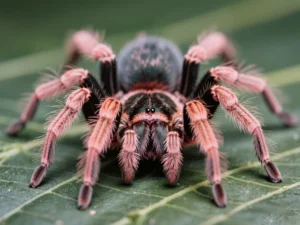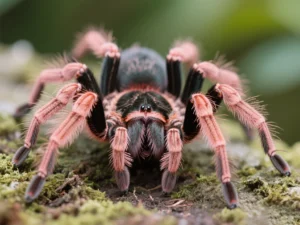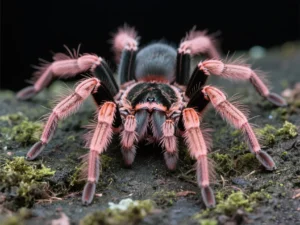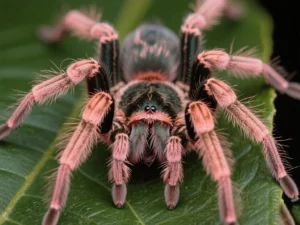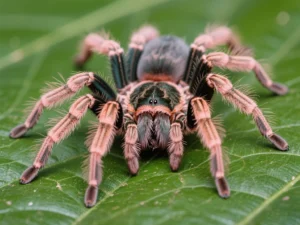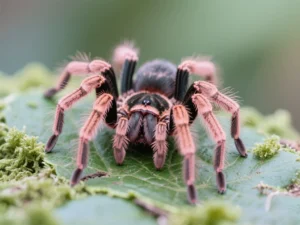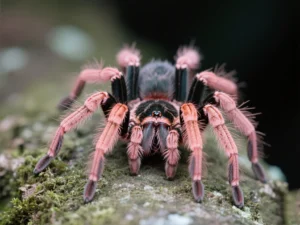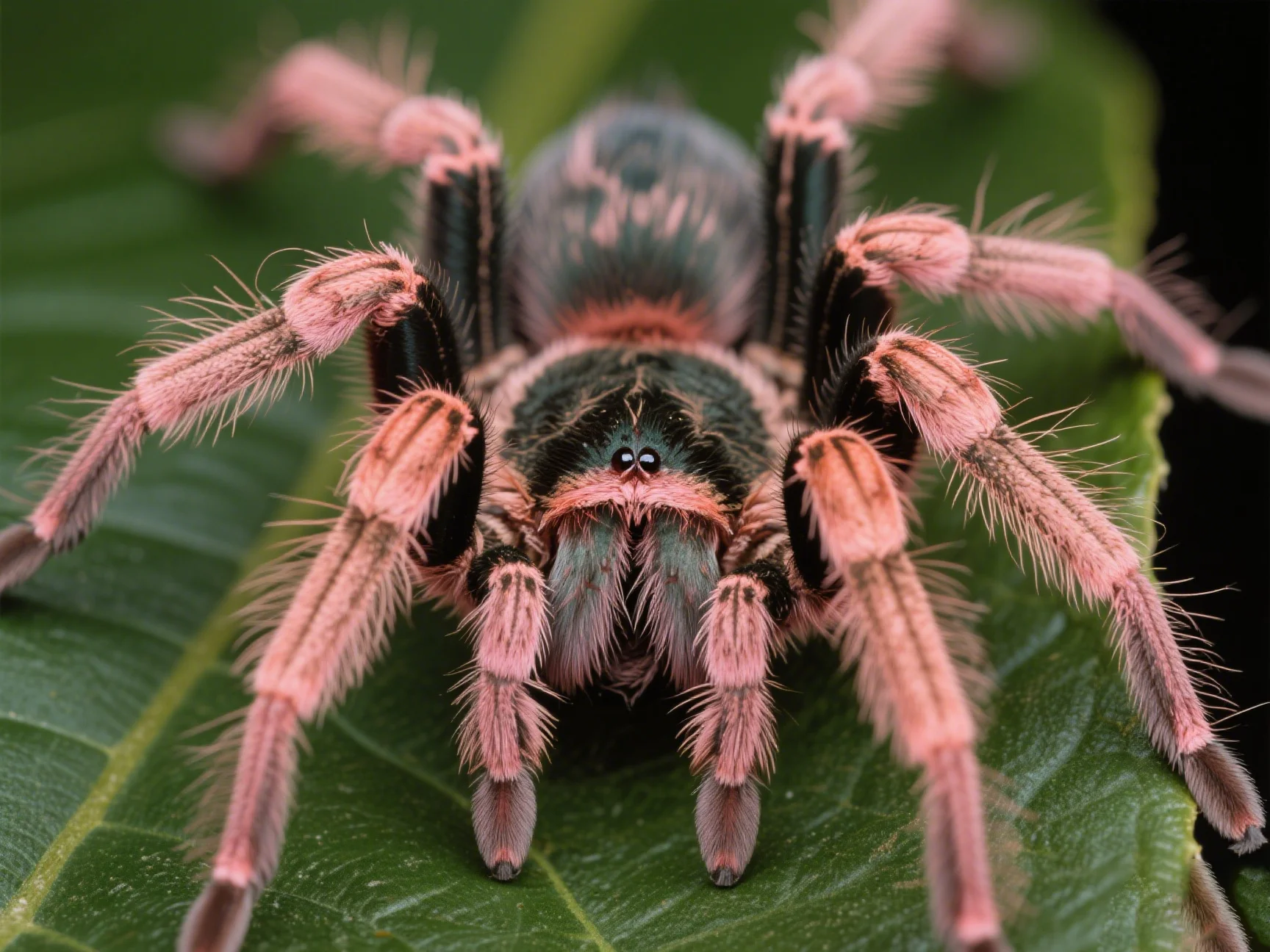
Tarantula Facts
What is the lifespan of an Antilles pinktoe tarantula?
The Antilles pinktoe tarantula (Caribena versicolor), famed for its stunning color transformation from spiderling to adult, has a lifespan typical of many arboreal tarantula species. Understanding their potential longevity is crucial for prospective keepers committing to their care.
Typical Lifespan
Like most tarantulas, there’s a significant difference in lifespan between males and females. This sexual dimorphism in longevity is a common trait among spiders.
- Females: Typically live significantly longer, with average lifespans ranging from **8 to 12 years** under optimal captive conditions. Some reports suggest they can potentially live even longer, up to 15 years, though this is less common.
- Males: Have much shorter lives. They usually live between **2 to 4 years**. Their primary biological function after reaching maturity is to find a mate, and they often decline relatively quickly afterwards, sometimes within months of their final molt.
Male vs. Female Longevity
The disparity arises because mature males cease molting and dedicate their energy reserves to reproduction. They develop specialized tibial hooks (on their front legs) and enlarged pedipalps for mating. Once mature, their focus shifts entirely from growth and self-preservation to finding a female, and they often eat less and wander more, leading to a faster decline. Females, conversely, continue to molt periodically throughout their lives (though much less frequently as adults) and conserve energy, allowing for a much longer potential lifespan.
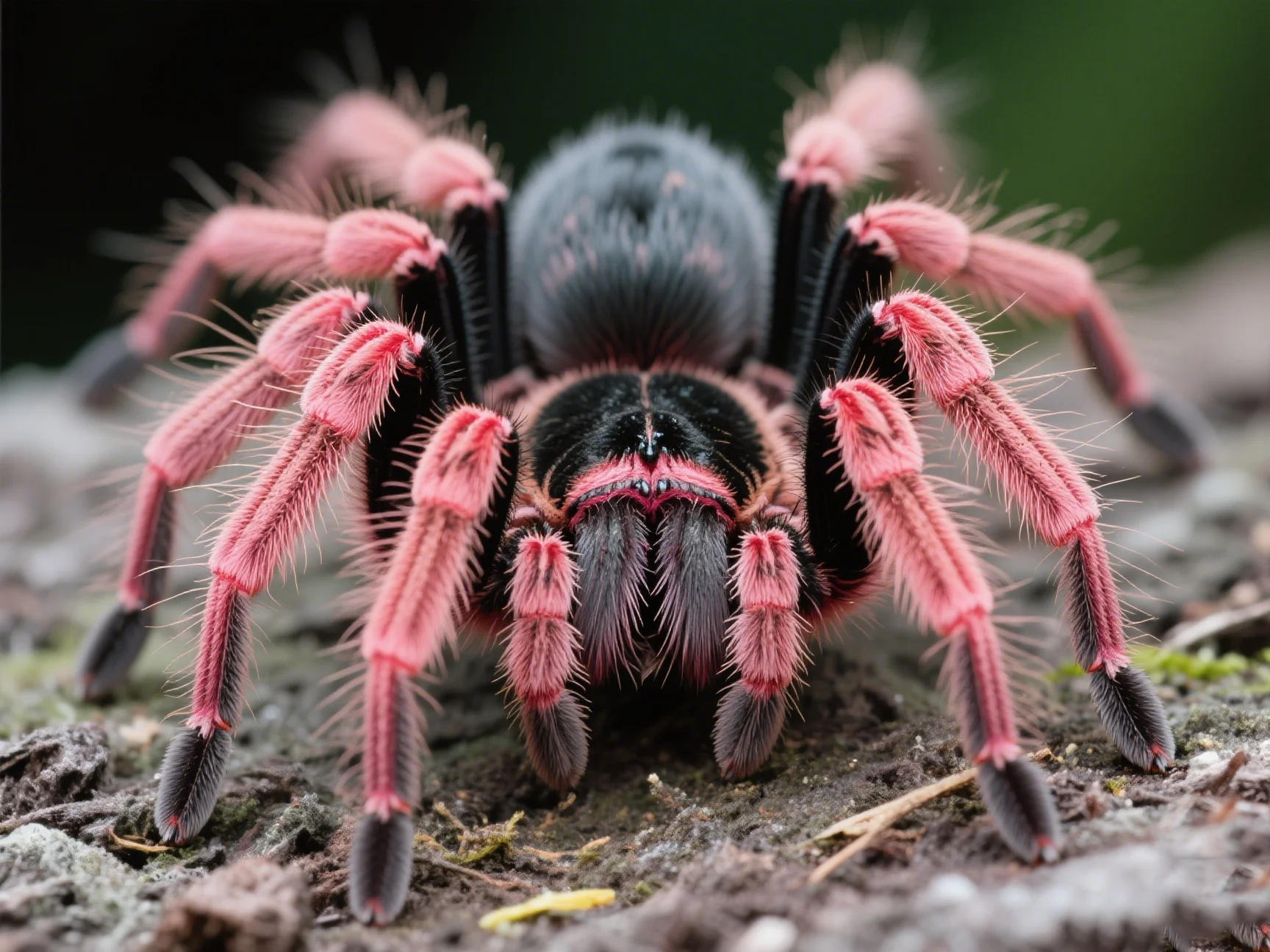
Factors Influencing Lifespan
Several factors can affect how long an individual Antilles pinktoe tarantula lives:
- Genetics: Innate genetic predispositions can play a role in longevity.
- Diet and Nutrition: A consistent, varied, and appropriately sized diet promotes healthy growth and longevity. Overfeeding or underfeeding can cause issues.
- Environment: Maintaining correct temperature, humidity, and ventilation is critical. Subpar conditions stress the tarantula and can lead to health problems, shortening its life. For details on environment see our guide on [proper tarantula pet care](https://www.lopehare.com/tarantula-pet-care/).
- Stress Levels: Chronic stress from factors like improper handling, constant enclosure disturbances, or inadequate hiding spaces can negatively impact health and lifespan.
- Molting Issues: Difficult molts (dysecdysis) can be fatal or cause injuries that shorten life. This is often linked to improper humidity.
- Gender: As discussed, being male inherently means a shorter lifespan post-maturity.
Spiderling Stage: The initial stages of life are particularly vulnerable. Providing stable conditions is crucial for spiderlings to thrive and reach their potential lifespan.
Maximizing Longevity
To help your Antilles pinktoe live a long and healthy life, focus on:
- Stable Husbandry: Provide the correct arboreal setup with appropriate temperature gradients (around 75-82°F / 24-28°C), humidity (70-80%), and good ventilation.
- Proper Feeding: Offer a varied diet of appropriately sized insects on a regular schedule, adjusting frequency based on age.
- Minimizing Stress: Avoid unnecessary handling and ensure the tarantula has adequate hides and climbing structures.
- Vigilant Monitoring: Keep an eye out for any signs of illness or distress, particularly around molting time.
By understanding the [Caribena versicolor lifespan in captivity](https://www.lopehare.com/tarantula-medical-information/) and providing excellent care, keepers can enjoy these beautiful creatures, especially the females, for many years.
General lifespan information often relies on keeper experiences shared in communities and databases like the World Spider Catalog (World Spider Catalog).
